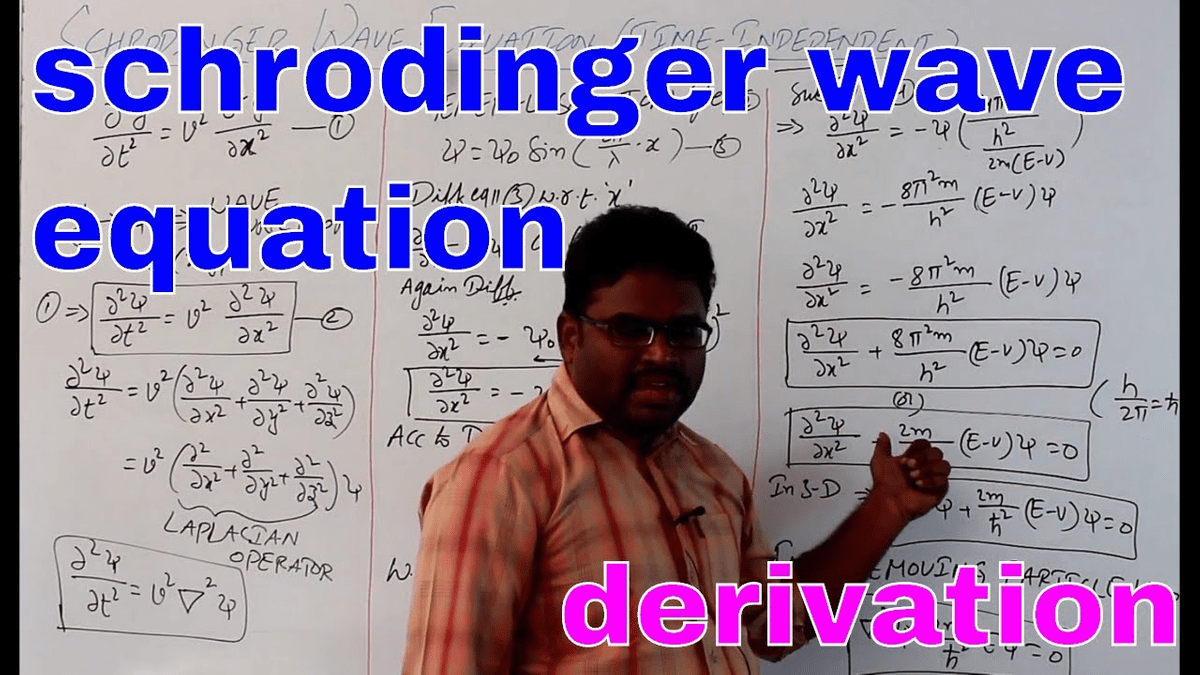In order to evaluate the kinetic term, therefore, we must evaluate the second derivative with respect to and. Since we are considering a 2D space, we have: The Laplacian is the sum of the (unmixed) second partial derivatives. The kinetic term requires us to evaluate the action of the Laplacian on the wave function, and we need to come up with a numerical scheme for this. The potential term is easy at every point on our grid we simply multiply the wave function with the potential. Both of these act on the wave function, producing new fields of complex numbers ( and ). The Hamiltonian consists of two parts the kinetic energy operator (which is proportional to the Laplacian) and the potential operator. Evaluate the Hamiltonian acting on the wave function,.Recall the TDSE for a spinless particle in a potential : In this post I will describe how to solve the TDSE in more detail. In my previous blog post, I had an introductory look at the problem of integrating the time-dependent Schrödinger equation (TDSE) numerically, plotting the wave function at each time step, and creating an animation of the result.




